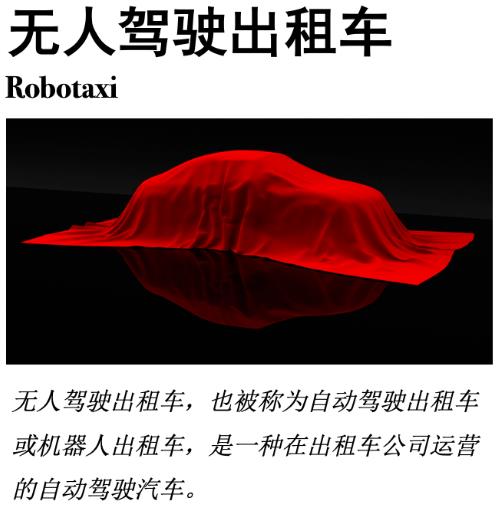
「释义」
无人驾驶出租车,也被称为自动驾驶出租车或机器人出租车,是一种在出租车公司运营的自动驾驶汽车。
事实上,人类司机占该类服务运营成本的很大一部分。消除了对人类司机的需求,很可能使无人驾驶出租车成为这个行业非常实惠的解决方案,并加速了交通即服务(TaaS)解决方案的传播。
无人驾驶出租车可能是自动驾驶汽车规模化最迅速的应用之一,也可能是近未来的主要移动解决方案。
「应用场景」
假设目前的市场状况保持不变,我们估计消费者使用无人驾驶出租车的成本将比拥有一辆旧车高出近三倍--按每英里计算。造成这一结果的主要原因并不是无人驾驶出租车的资本成本,我们假设其资本成本仅为15000美元,远低于购买新车的平均成本。也不是因为高额的保险、汽油或维护成本。所有这些都可以降为零,叫一辆无人驾驶出租车仍然比拥有一辆旧车更贵。
Assuming current market conditions hold, we estimate that using a robotaxi will cost consumers nearly three times more – on a per mile basis – than owning an older vehicle. The primary driver of this result isn’t the capital cost of the robotaxi, which we assumed to be a mere $15,000, well below the average cost of buying a new vehicle. Nor is it because of high insurance, gas, or maintenance costs. All of these could be reduced to zero and hailing a robotaxi would still be more expensive than owning an older car.
无人驾驶出租车的高价格主要是由车辆的空置率。目前的出租车空置在50%左右徘徊。更令人担忧的是,即使无人驾驶出租车的空置率极低,即使投资者降低了利润预期,也需要大幅降低提供安全监督的成本(低于现有的最低工资水平),才能使无人驾驶出租车的价格与拥有一辆旧车相比更具成本优势。
Instead, high robotaxi fares are driven largely by the vehicle’s utilization rate – how much of these vehicles’ time is spent shuttling passengers around. (Current taxi utilization rates hover around 50%). More worryingly, even if robotaxis had an unrealistically high utilization rate and even if their investors lowered their profit expectations, the cost of providing safety oversight would need to be substantially reduced (to below existing minimum-wage levels) in order for robotaxi fares to be cost competitive with owning an older vehicle.
以上文字选自
The Cost of Self-Driving Cars Will Be the Biggest Barrier to Their Adoption
阿什莉·纽恩斯(Ashley Nunes)克里斯汀·埃尔南德斯(Kristen Hernandez)| 文
马冰仑 丨编辑




